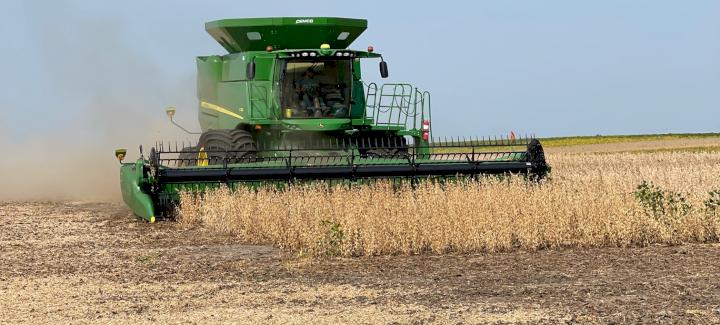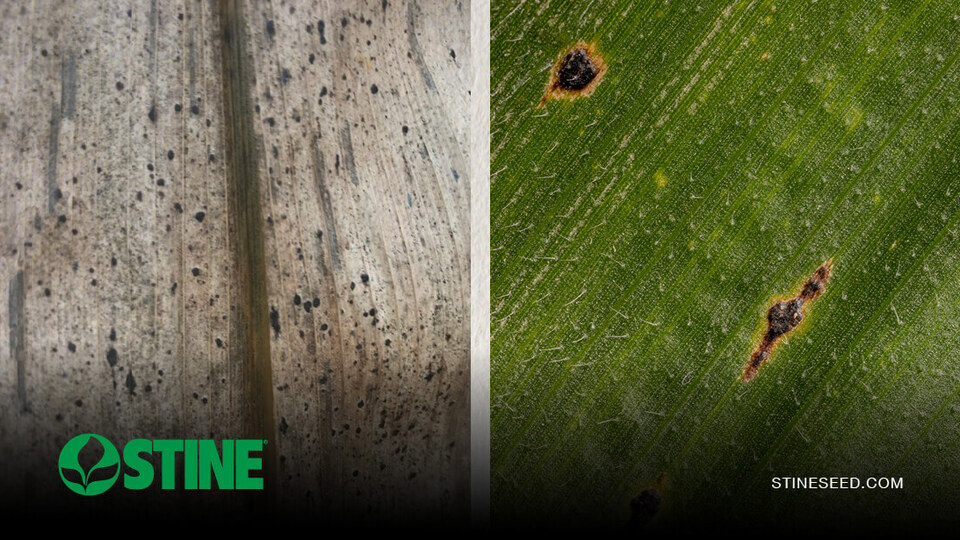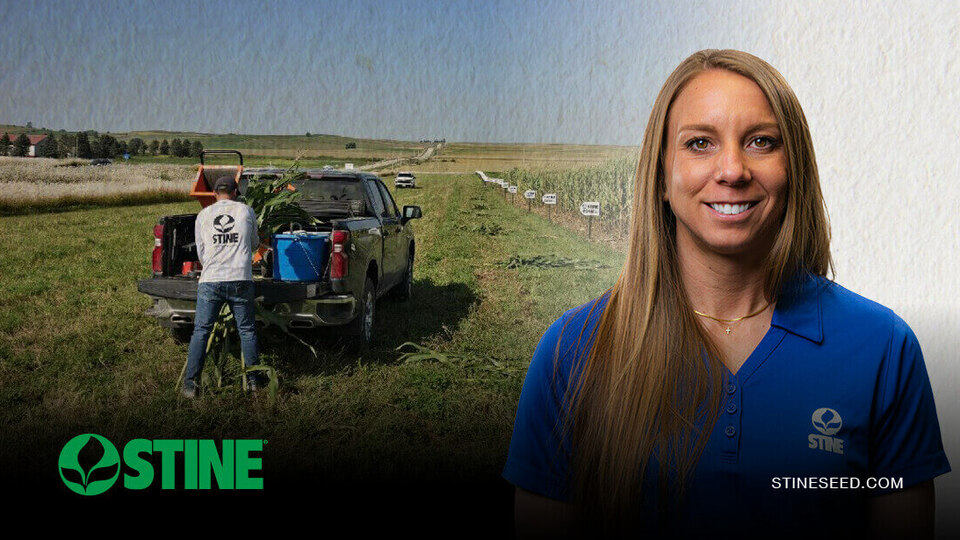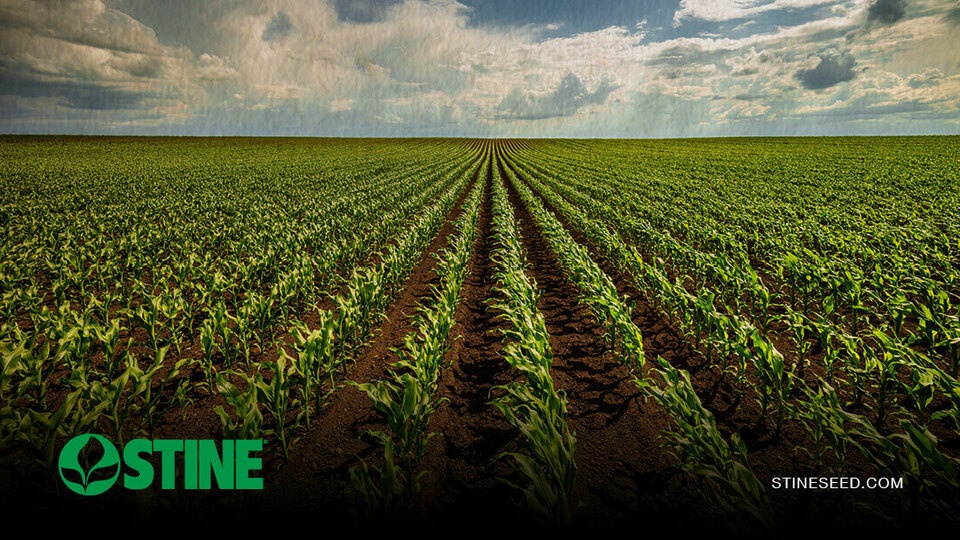
While only 8% of corn has matured and 4% of the nation’s soybean crop is in the leaf-dropping stage, harvest inches closer each day. At Stine®, we find it’s always better to be proactive, so we’re encouraging growers to start now on their harvest planning and equipment prep and maintenance.
“Most areas are still a few or several weeks out from harvest, but that doesn’t mean we shouldn’t use this time to plan ahead,” says Todd Schomburg, director of agronomy. “Checking your equipment now will prevent you from untimely breakdowns during harvest.”
To help get you started, we’ve dusted off a few of our go-to steps for planning ahead and safely and effectively testing your equipment.
Step 1: Plan ahead by prioritizing which fields to harvest first.
Drought has wreaked havoc on many fields throughout the Midwest, and in certain geographies, so has tar spot. Growers need to scout their fields up until harvest to check for areas of concern, such as crops experiencing stalk rot issues that could lead to lodging and challenges with harvestability. Prioritize these fields first.
Step 2: Inspect, secure, clean and test.
Make a checklist of your harvest equipment. What machinery will you review first? What parts on each piece of equipment need to be evaluated? Map this out to get a head start.
“Supply chain issues may impact receiving parts for harvest equipment,” says Schomburg. “Checking your equipment early allows more time for ordering and shipping of parts and increases your odds that the equipment will arrive before harvest. Don’t delay checking your equipment or else it could greatly set back your harvest timeline.”
The number of parts you need to inspect and test on your equipment may seem daunting, but remember, it will save you a lot of time during peak harvest season. Here are a few parts we recommend inspecting:
- Engines/Battery: Start your combines and grain trucks, especially as a lot of this equipment has likely sat idle for most of the year. Our experts recommend checking for signs of wear and tear or heavy grime that could prevent the engine from properly functioning. It’s also best practice to check and clean the battery posts and cables around the engine. A pressure washer can help remove any dirt, caked-on grease or grime that could result in an engine fire down the road. Consult a mechanic if you sense your engine is having difficulty starting or burning through fuel.
“We hear of combine and tractor fires all too often,” says Schomburg. “In fact, 70% of machinery fires start in the engine, resulting in about $20 million in property losses each year. You just can’t let your engines and batteries go unchecked.” - Fuel lines: A leaking fuel line can lead to engine fires. Check for cracks or leaks or the end result could be catastrophic.
- Belts, chains and hoses: Check belts, chains and hoses for any signs of wear and tear. Make sure they are all properly secured to manufacturer specifications. If chains and belts seem stretched or worn, or if your hoses have cracks or leaks, replace those in question before hitting the field.
- Equipment fluids: As you would with your vehicle, it’s important to check all equipment fluids. This includes fuel, hydraulic, coolant and oil, especially if your equipment hasn’t been used since last fall.
- Tires: If you have moderate to significant wear on your equipment tires, it may be time to replace them to prevent a slowdown come harvest. From grain carts to field trucks and combines, check each tire. Also, ensure all tires have proper and uniform pressure across equipment.
- Lights: Growers harvest from sun up to sundown. This requires the safe use of headlights, turn signals and hazards as they operate equipment. Make sure all headlights, taillights and turn signals are in working order. This will not only keep you safe this fall but those traveling along country roads or highways where you may be operating your equipment.
- SMV signs: Make sure that your slow-moving vehicle signs are secured in place to alert vehicles coming up behind you.
- Nuts and bolts: As would with your belts and chains, you want to check your nuts and bolts for any loose parts. Properly secure all nuts and bolts before operating your equipment.
- Electronics: Farm machinery that is equipped with high-tech electronics and precision software should be tested and calibrated before harvest in accordance with the operators’ manuals.
Step 3: Prepare your grain bins.
Check in next week as we explore Step 3 in our harvest prep series — preparing your grain bins.
“Checking equipment is imperative to a safe, efficient harvest, but so is preparing your bins,” says Schomburg. “In our next edition of Stine Weekly, we’ll explore what you can do to get your bins ready for grain this fall and tips for staying safe as you clean and fill the bins.”
For more information on harvest prep and safety, consult your local Stine sales representative or agronomist. And stay tuned for next week’s article.
Related Articles
-

Stay ahead of tar spot this season
July 2025 in Agronomy
-

Field-tested confidence: Inside Stine’s Product Development Plots
July 2025 in Agronomy
-

Rootworm watch: Time to scout for subsurface threats
July 2025 in Agronomy
-

Standing out by being shorter: All about short-stature corn
June 2025 in Agronomy



